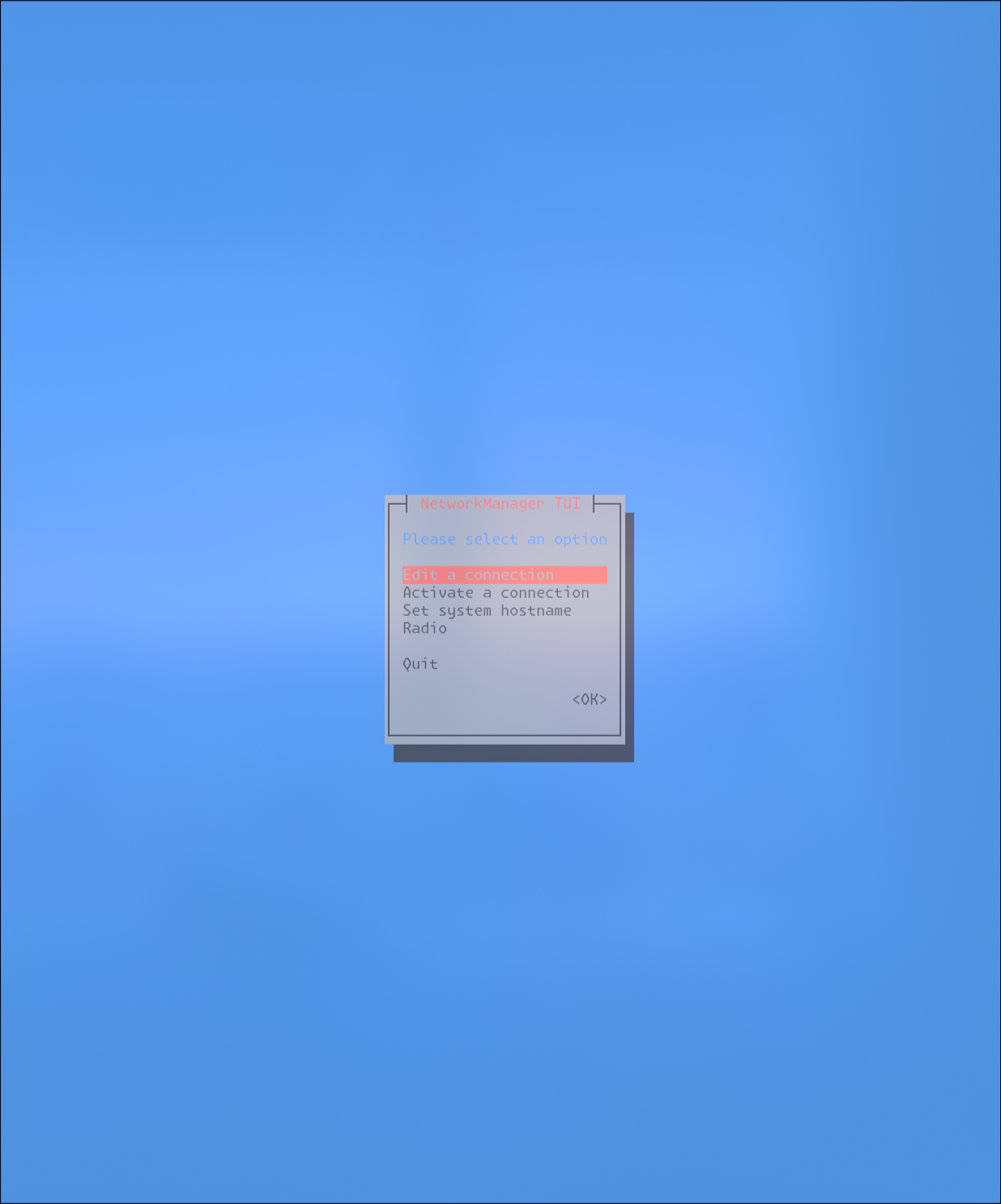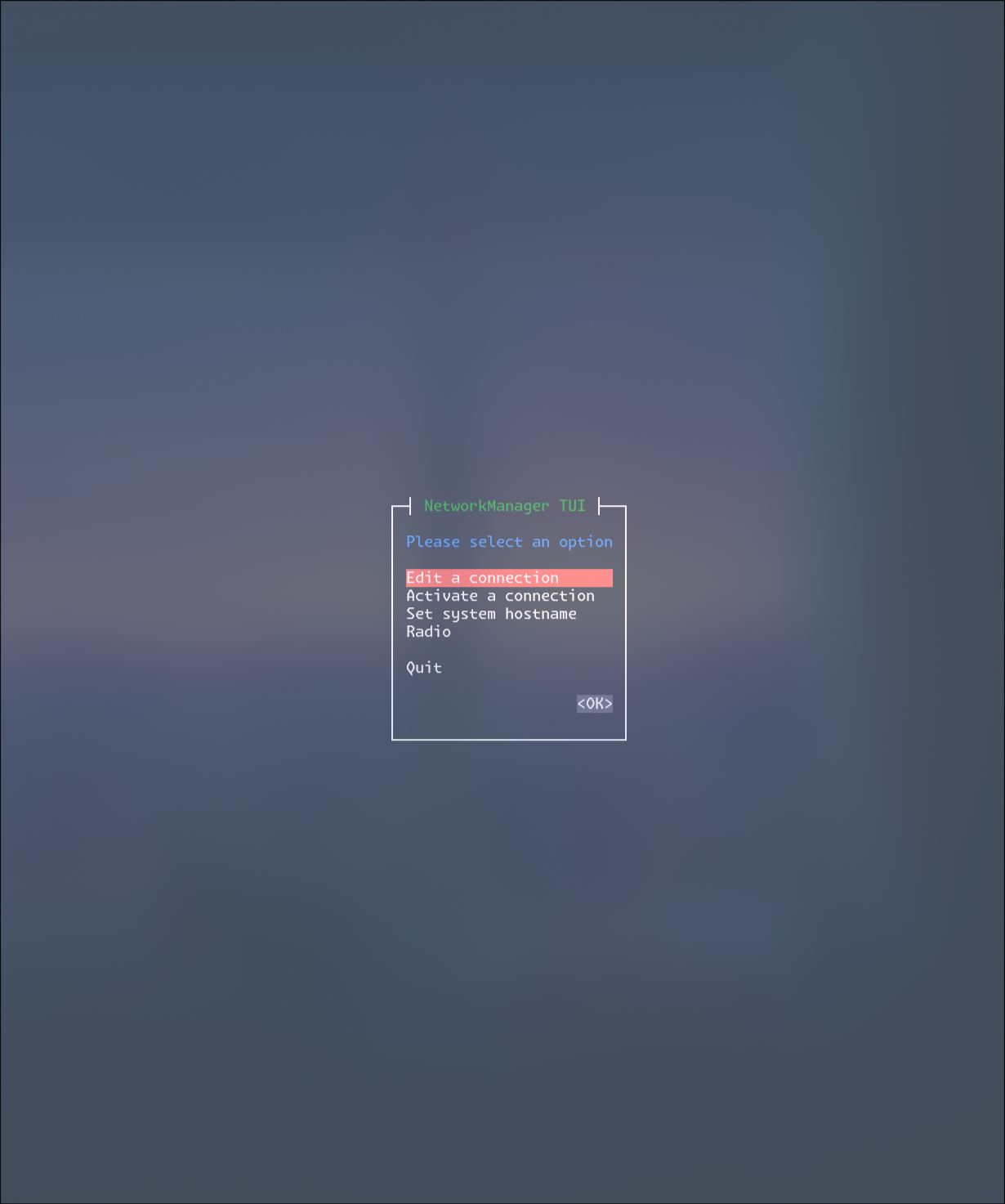I used linux intermittently in the last 15 or so years, migrating from early Ubuntu versions, to Manjaro, Pop!_OS, Debian, etc. And decided to give Arch a try just recently; with all the memes around its high entry point, I was really expecting to struggle for a long time to set it up just as I want.
Disclaimer: your mileage may vary. I’ve been using some sort of unix CLI since the time I learned to pee standing (last year?), and in case of Arch this prerequisite makes the whole process a lot simpler.
Learning curve
The installation process itself was quite simple. Perhaps the most complicated part was the disk partitioning and setting up the bootloader, as I’ve never done it myself. But then again — on any other OS you kind of have to do the same, except maybe through the GUI and not CLI.
One thing you quickly learn when using Arch — is you always should consult their wiki. Actually, “consult” is an understatement; let me put it this way, on the hierarchy of usefulness: there’s reddit, then stackexchange, then random “how-to” websites, then your logic, and then there is the Arch wiki. Exactly in that order, since your logic may betray you, but not the Wiki. Jokes aside though, they’ve somehow managed to document every minute detail, with specific troubleshooting for almost any combination of hardware out there. This is incredible, and as a person who also spends a lot of time writing documentations — hats off to the devs and the community.
Once you learn how the daemons work, how pacman and AUR packages work — the rest is actually quite similar to any other OS. Except that Arch, even with a bloated DE is frigging fast and eats very little battery. I actually use CLI package installation also in Windows (winget) or MacOS (brew), so learning to use another package manager was not too steep.
Drivers
The main caveats actually come when you want specific drivers for your specific hardware. For instance, the out-of-the-box drivers for my laptop speakers were horrible, with the sound seemingly coming from someone’s redacted (never checked, perhaps it was). But that could quickly be tweaked with the “pipewire/easyeffects” with custom profiles which you may find on the web.
GPU drivers were not really that much of an issue for me (if I actually read the wiki properly). Enabling GPU acceleration in some of the apps (like Blender) required the AMD HIP toolkit installed (they have Arch support) with some minor tweaks in the Blender configs. Similarly, the camera, mic and bluetooth drivers were available as AURs or even native pacman packages.
Caveats
Caveats that come with Arch are actually shared among almost all linux distros (or more specifically — DEs). Support of Wayland, while improving gradually over the years (with a great leap forward in Plasma 6), still sucks majestically. Luckily, for many of the most popular apps (slack, zoom), there are third-party AUR packages supporting Wayland natively (I spent a lot of time looking for exactly that on Debian with no success)! All of the apps I needed I actually found with the Wayland support in AURs, but, again, your mileage may vary.
Takeaways
I’d say if you just bought a fresh out-of-store laptop with no data on it to worry about — you should definitely give Arch a try, even if you’re a beginner. Once you fail a couple of times (like I did), you’ll not only learn a lot more about the behind-the-scenes working of your own computer, but will end up having one of the fastest and efficient OS-es out there, which you will now be able to configure to your exact liking.
Unfortunately, I’ve never been able to really daily-drive Linux (and this Arch experiment is no exception). Don’t get me wrong: I love linux and the idea of having independent open-source and infinitely customizable OS. But unfortunately I professionally rely on some of the apps, that have no viable alternatives for Linux (PowerPoint, Photoshop, Illustrator, Proton Drive).
PS. “but what about GIMP, or Krita, or Inkscape, or OpenOffice, or using rsync for cloud storage, or <YOUR_FAVORITE_TOOL>?” you may ask. Trust me, I tried it all. Every last presentation, raster/vector graphics software out there. Regardless of how much I hate Adobe, their software is top tier, and until GIMP becomes the Blender of graphic design, I can’t really rely use it for most of my purposes :(



Maybe. In any case I try to never infer someone's tone from text interactions since it's always faulty and lacks human dimension. By default I just assume people actually mean what they write. I think we get (on average) more aggressive, and tend to show less empathy when not talking face to face.
Also... The term "American left-wing" is offensive for a Marxist like myself. :D